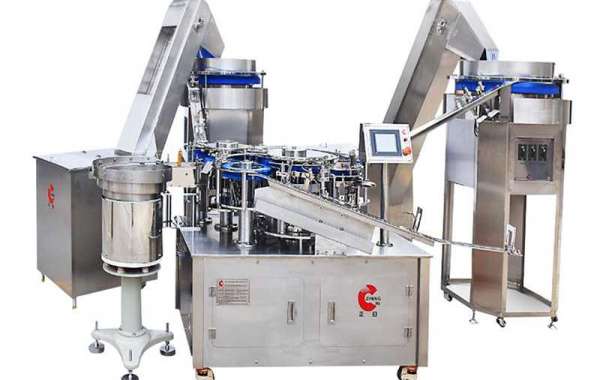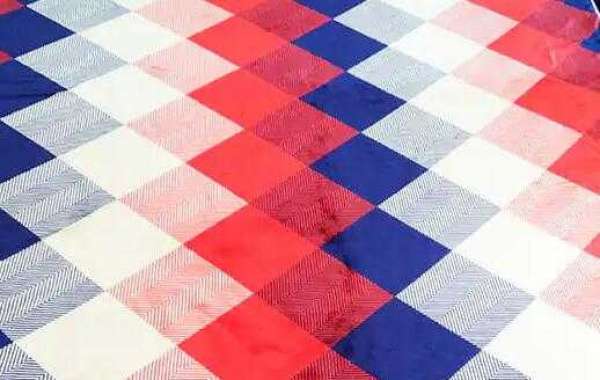The Mussel Shell, a pocket-sized syringe set, was patented by Burroughs Welcome, about 1910, particularly for use with tabloids, containing a standardised dose of soluble preparations to be injected after dissolving in distilled water. It was not until later that pharmaceutical manufacturers prepared sterile injections in sealed glass ampoules. Probably the oldest syringe machine in the collectionhas a small metal barrel with a plain glass tube to contain a medication. It is crude and has a waxed linen piston with thumb-hold on the plunger. The needle has a screw fitting like another of the older syringes in the collection with its ferrous metal ends and non-sterilisable, ivory thumb piece on a plunger with a rubber piston.
There were a variety in syringes made from all glass to all metal, but the Rekordspritze introduced by the Berlin instrument makers Dewitt and Hertz in 1906 gained prominence through its dependability, lack of leakage and jamming, and ease of dismantling to enable sterilisation. This pattern persisted until plastic superseded it. It was manufactured by many companies with minor modification all over the world. All glass syringes retained some popularity but were more susceptible to jamming and leaking. Cartridge syringes were popular with dentists, and for emergency kits.
The collection contains several special purpose syringes and syringe sets. The anaesthetic syringe set was in common use by GPs and specialists. One that took us a while to identify is shown in Figure 15. The copper cased cannulas and the thick metal syringe with a robust screw lock retain heat to enable the injection of melted paraffin wax into hollow organs and vessels for demonstration specimens for morbid anatomy classes. Another unusual syringe is the AGLA Micrometre Syringe Outfit shown in Figure 16. This was designed for analysis of diluted concentrations of biological fluid components where accurate measurement of precise quantities is required. The enclosed booklet suggests that it was particularly used in immunology research and assessment where serial dilutions are critical, but toxicology would suggest itself as another application.
Needles and syringes were routinely sterilised in sets, usually by simple boiling but in clinics and hospitals autoclaves were used to obtain higher temperatures. Syringe sets enabled the non-interchangeable components to be kept together. Single use items now dominate the products though occasionally glass may be used in preference to plastic because of the characteristics of the substance to be injected. However, most syringes, intravenous giving sets and intravenous catheter placement sets are made from plastic with stainless steel needles, wrapped in cellophane and sterilised using gamma irradiation. Expensive modern biological pharmaceuticals are often distributed in a single dose syringe with, plastic and rubber plunger with a sealed needle incorporated into the glass barrel for self- administration. This means the syringe is the container for the medicine and reduces the chance of wastage.
Do you want to buy Syringe Silk Screen Printing Machine?







